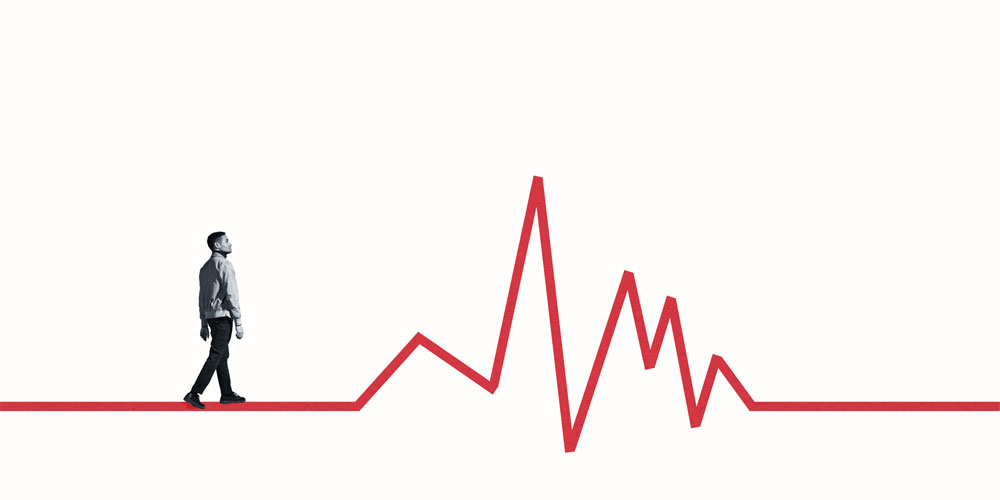strategy+business, January 18, 2022
by Theodore Kinni
Photograph by Klaus Vedfelt
The COVID-19 pandemic has been a case study in human contrarianism. In staggering numbers, people refused—and still refuse—to comply with mask and vaccine mandates. Some bridled at being sent home to work and at their kids being sent home from school. When everyone was summoned back, some bridled at that, too. It’s an ongoing, large-scale lesson in reactance, a concept with which any leader charged with trying to enact change should have at least a passing acquaintance.
The theory of psychological reactance originates in the 1960s with Jack Brehm, who developed it when he was a professor at Duke University. Brehm said that humans are negatively aroused when they perceive a threat to their freedom. What constitutes a threat to freedom? That’s your call. If you think a mask mandate restricts your freedom, Brehm’s theory suggests that reactance will not only increase your desire not to wear a mask but may also prompt you to refuse to wear a mask, even to the point that you get yourself dragged off a plane.
I ran across reactance in a recently published book, The Human Element: Overcoming the Resistance That Awaits New Ideas, by Loran Nordgren, an organizational psychologist and professor at the Kellogg School of Management, and David Schonthal, a clinical professor at Kellogg and director of its venture accelerator program. Nordgren and Schonthal seek to add what they call friction theory to the discipline of change management, arguing that corporate change initiatives often fail because leaders focus their attention on attracting people to their cause, while neglecting four frictions that work against change: inertia, effort, emotion, and yes, reactance.
A lot of leaders become leaders because of their charisma and their ability to sell a vision,” Schonthal explained to me during a video interview with both authors. “But you have to balance the ability to sell a vision with a willingness to clear away some of the friction and actually help employees get started on the path to that vision.”
“Leaders aren’t thinking about the barriers to action,” Nordgren added. “Shifting your focus to friction requires moving away from the idea and thinking about the audience. Taking that perspective requires empathy, it requires understanding the context, and it requires more effort and attention.” Read the rest here.
Tuesday, January 18, 2022
Getting proactive about reactance
Posted by
Theodore Kinni
at
8:59 AM
![]()
Labels: change management, corporate life, corporate success, leadership, management, personal success, strategy+business
Subscribe to:
Post Comments (Atom)















No comments:
Post a Comment